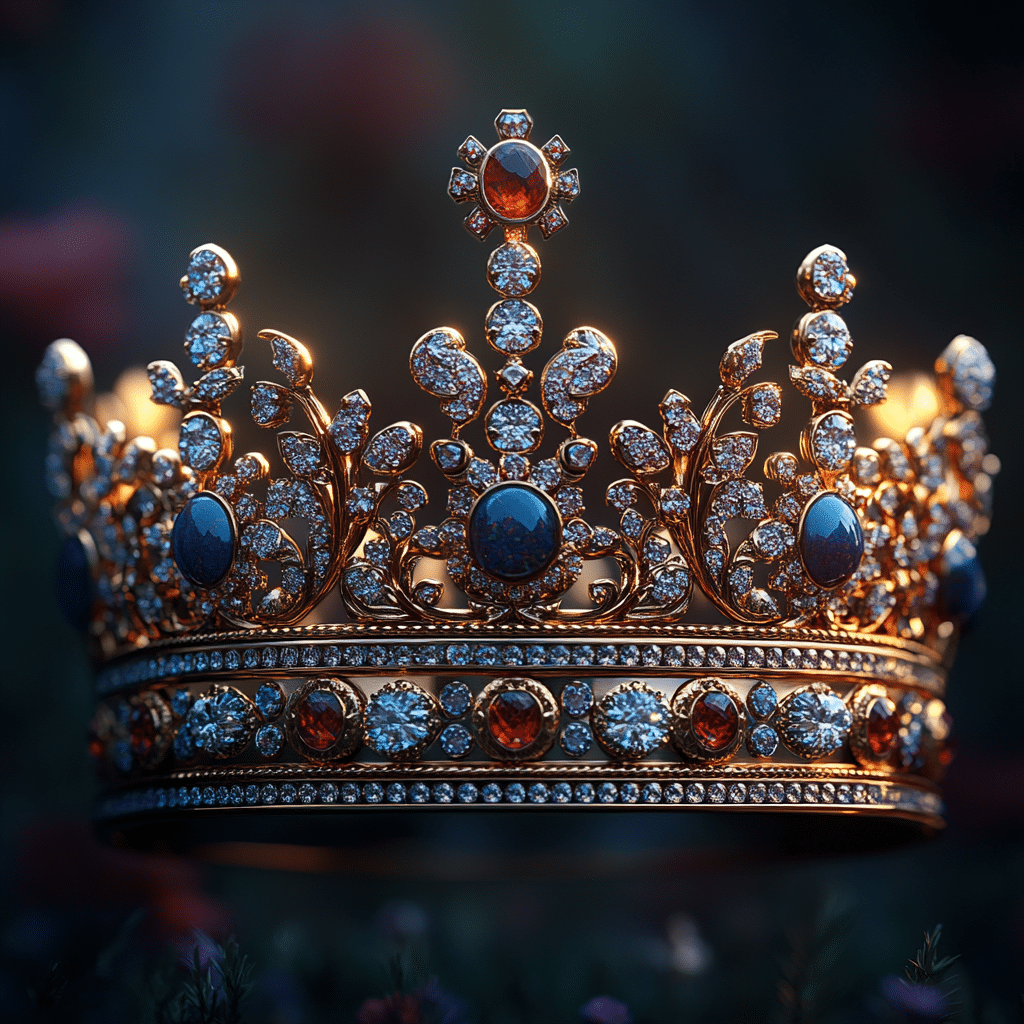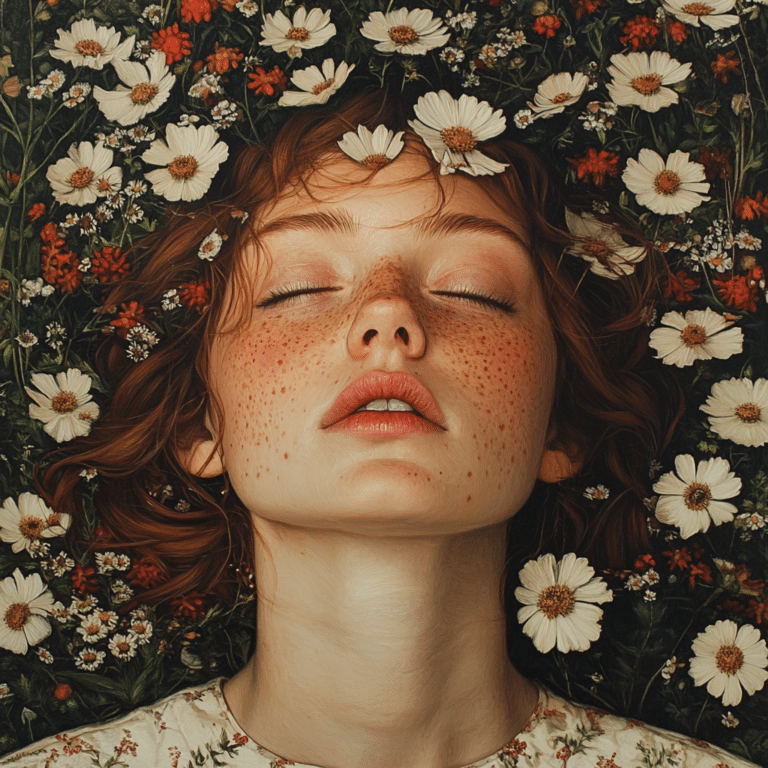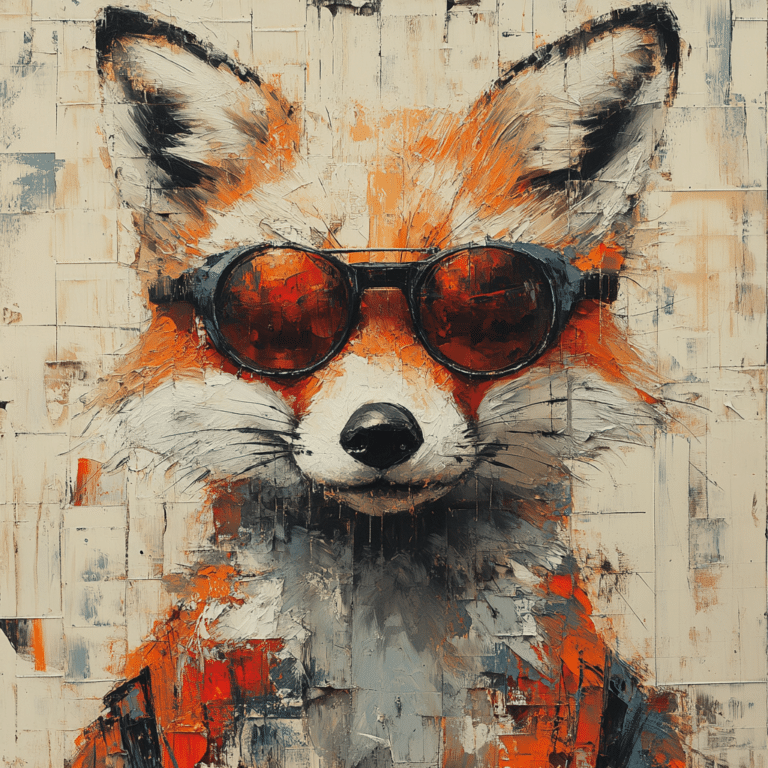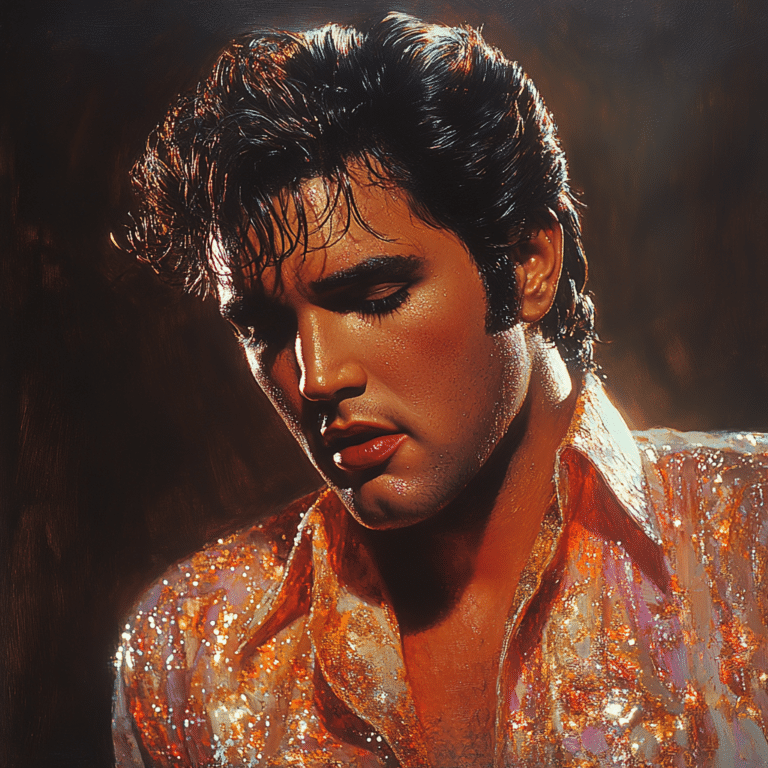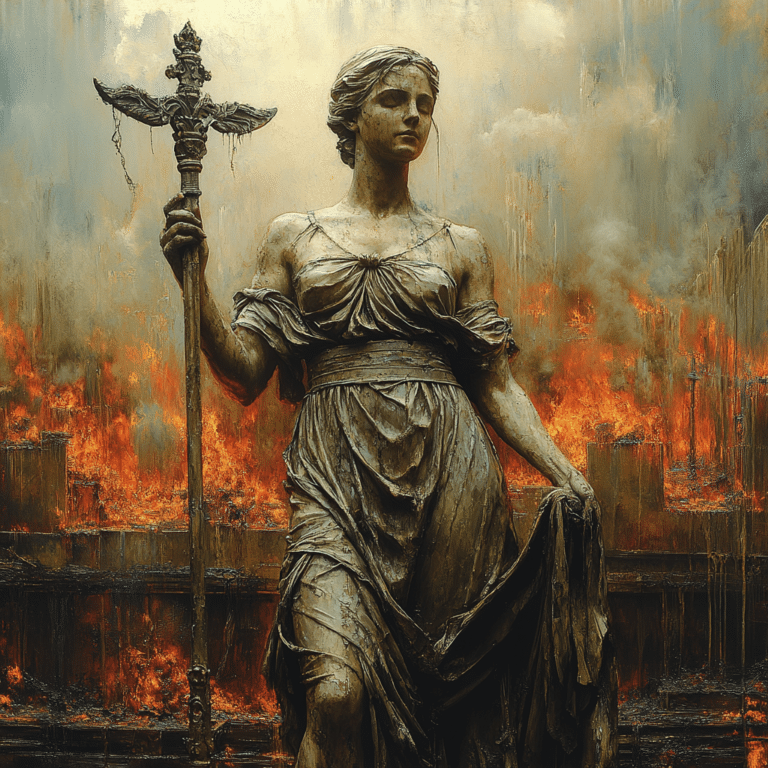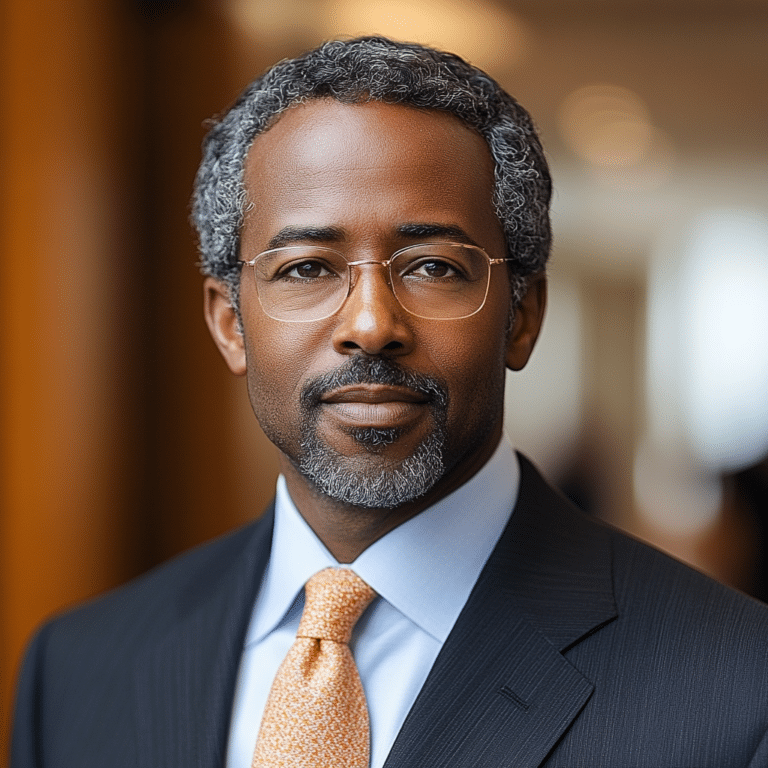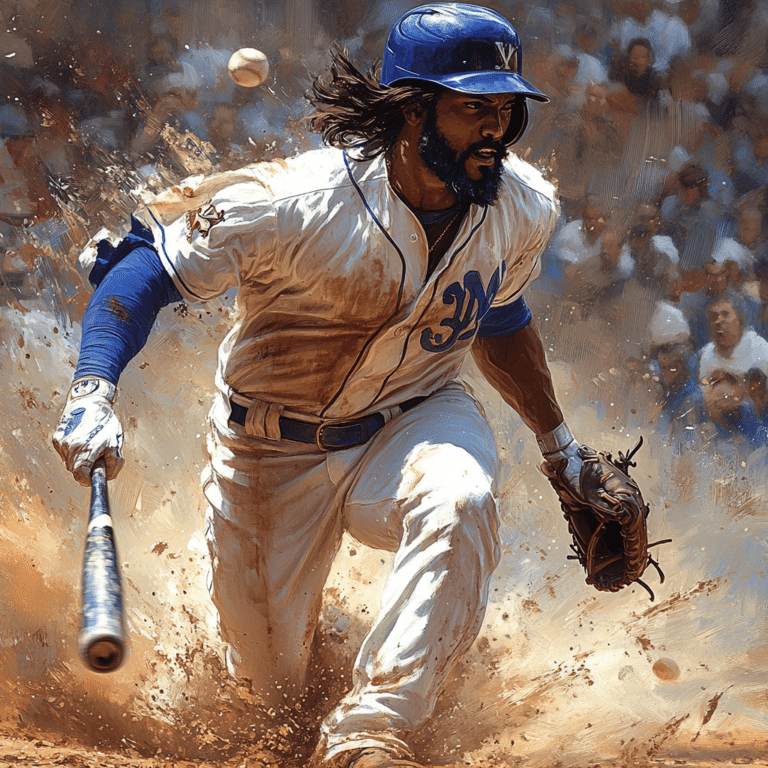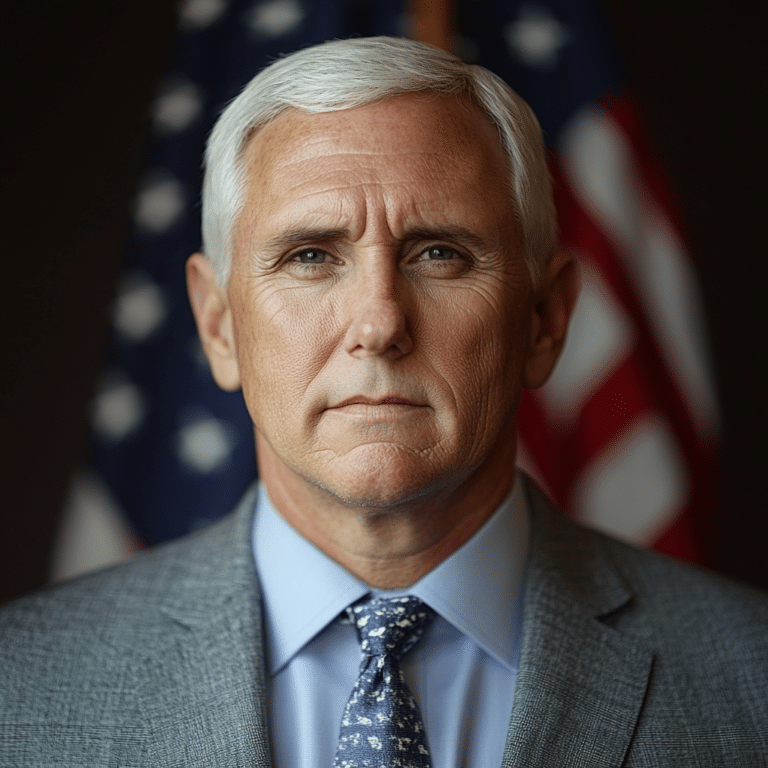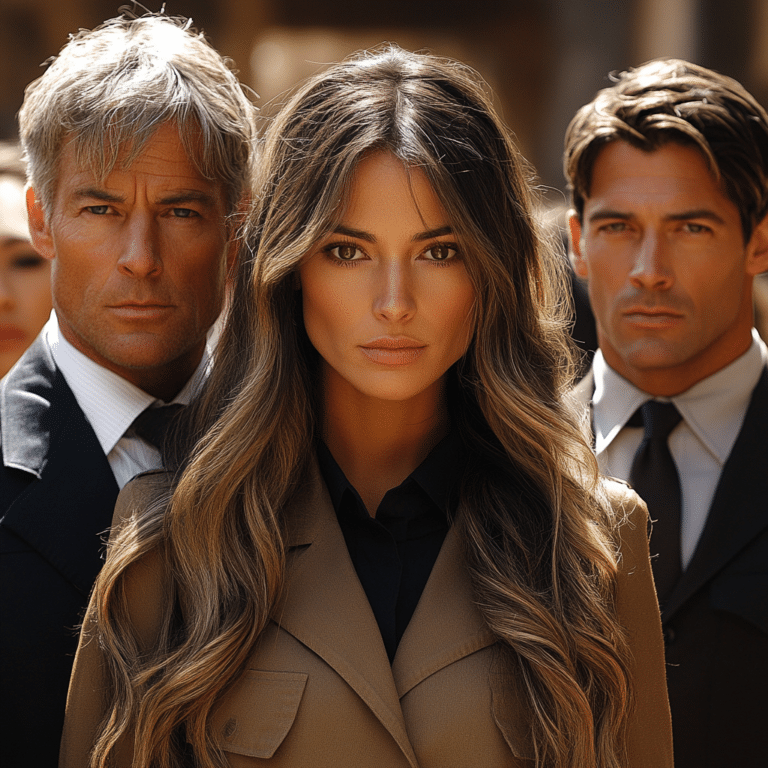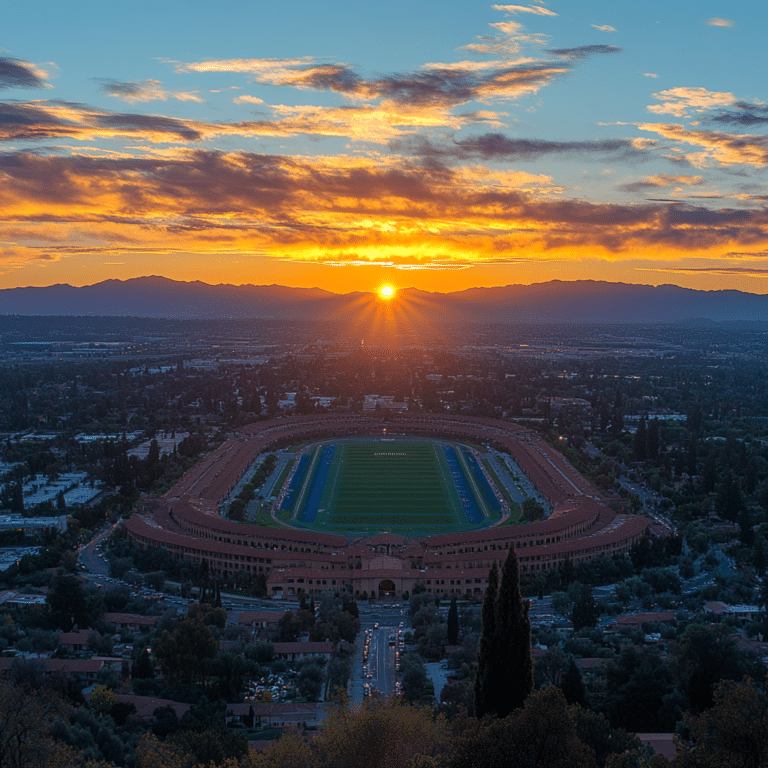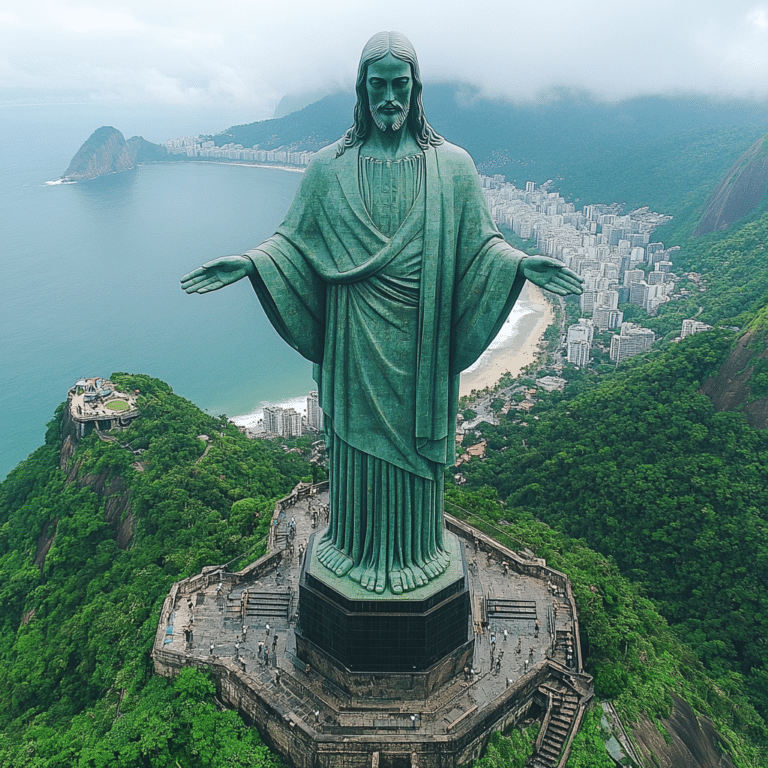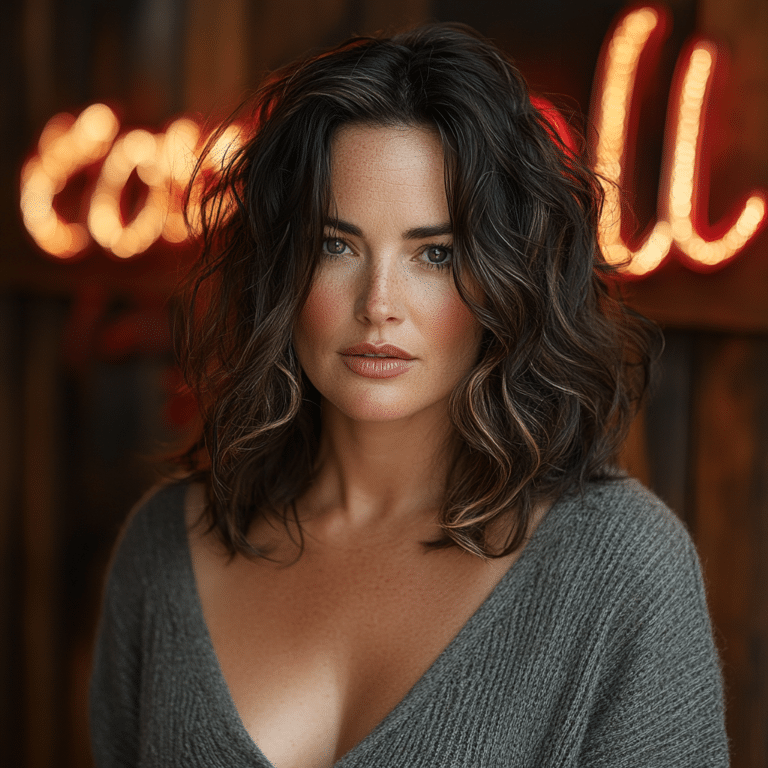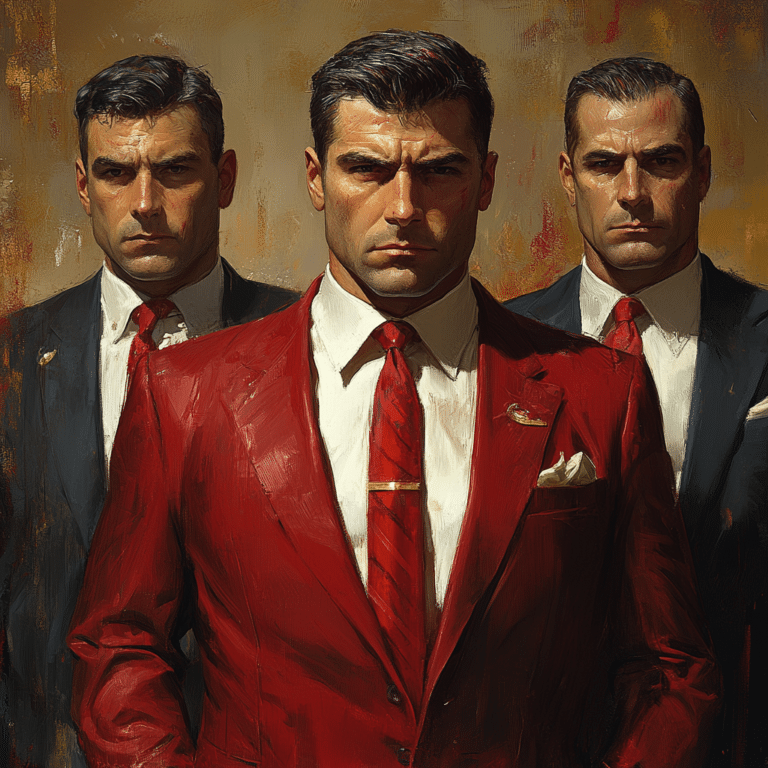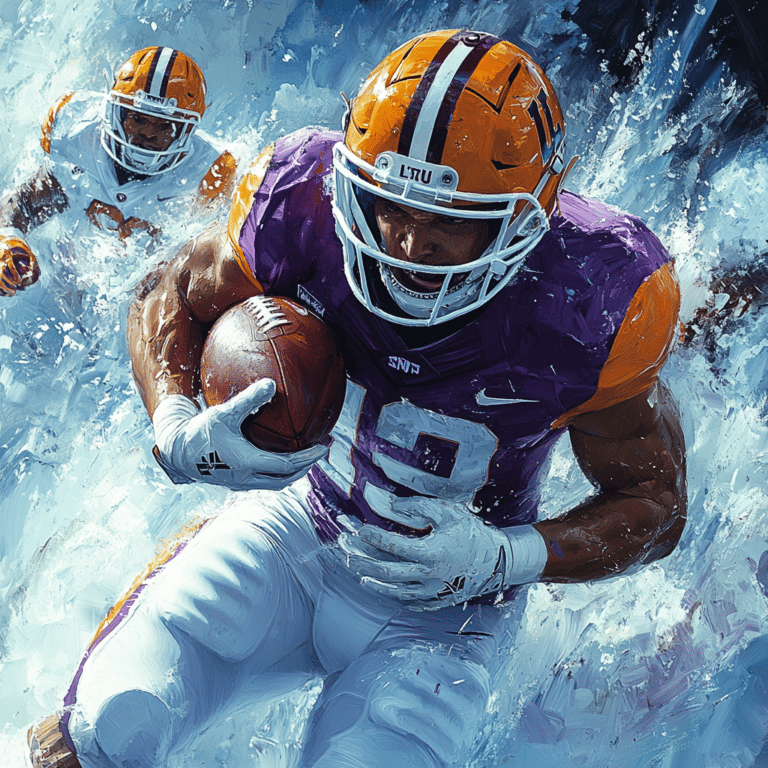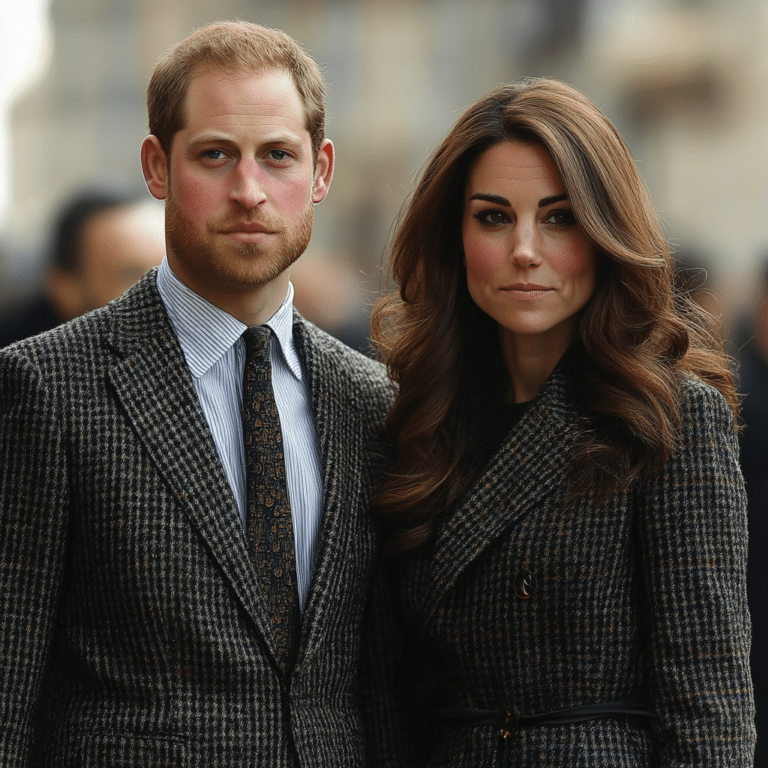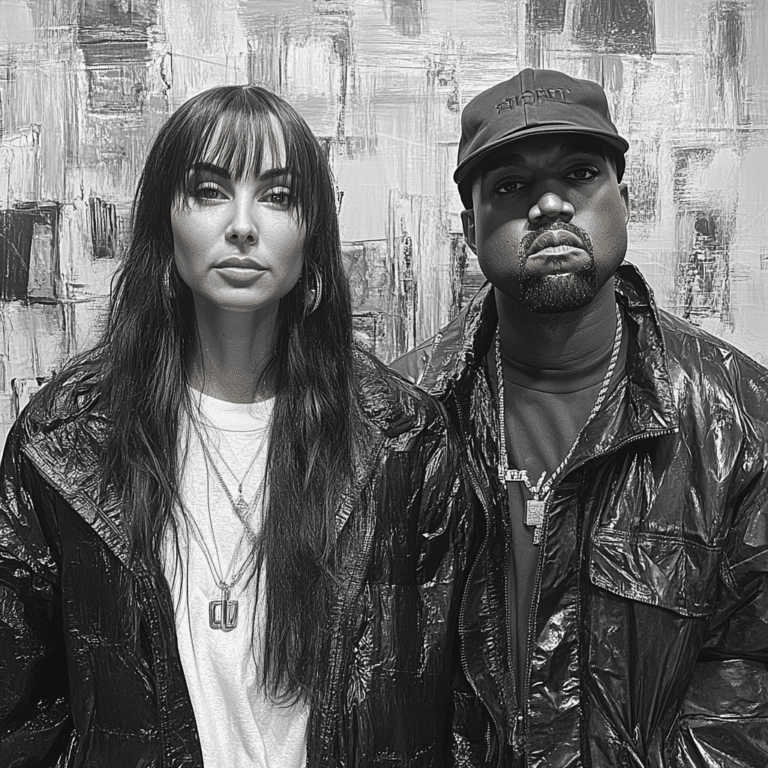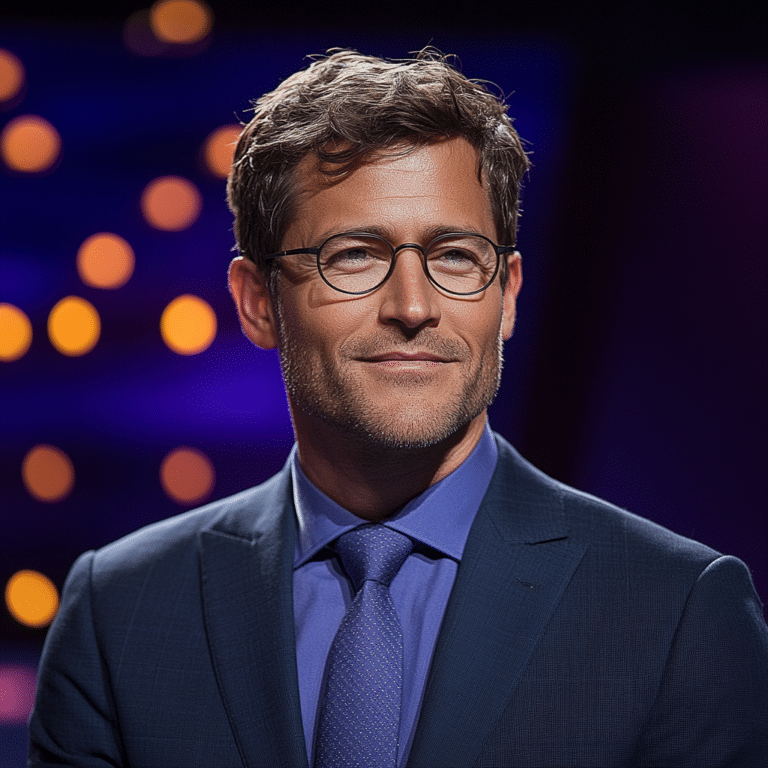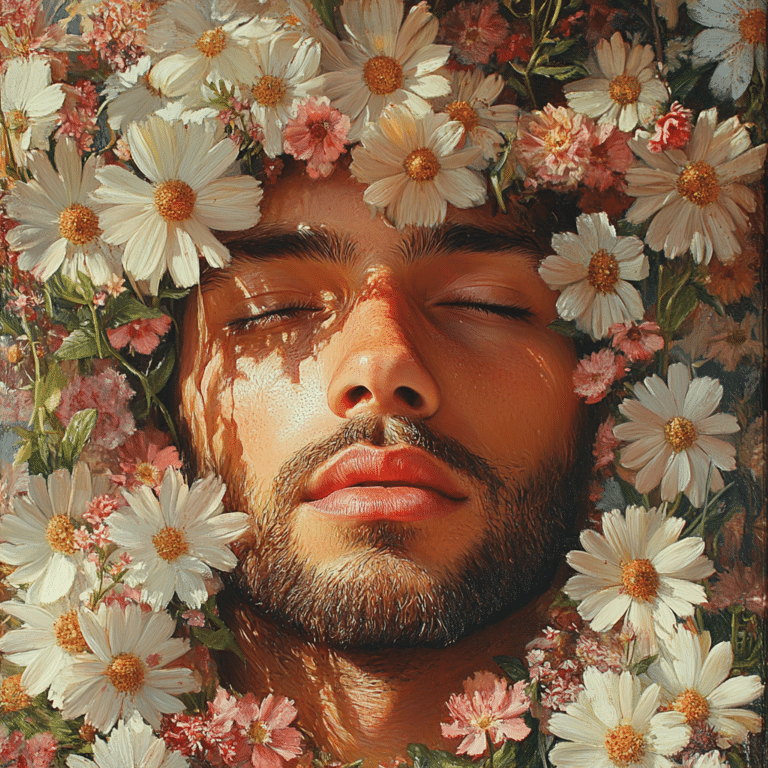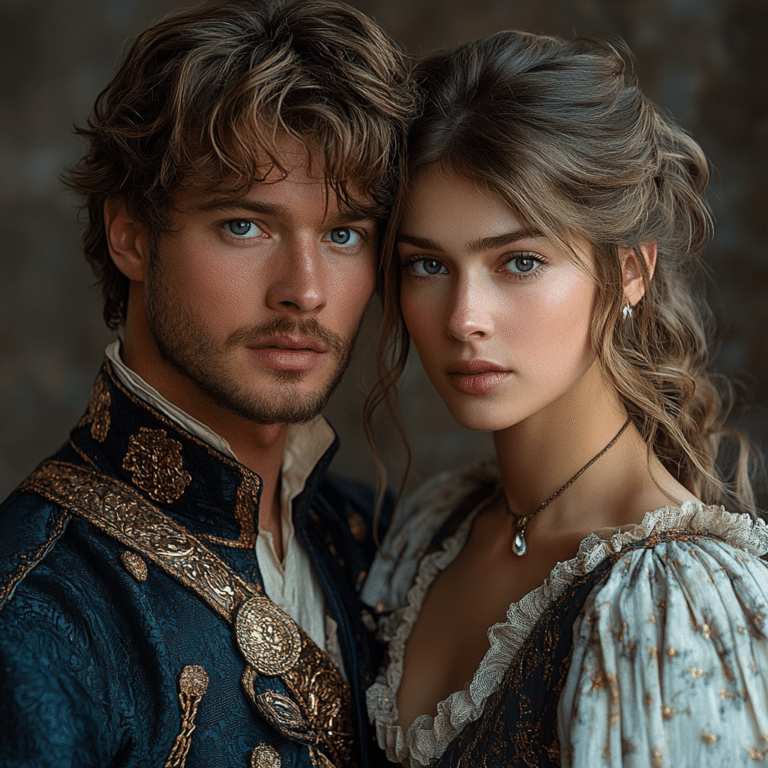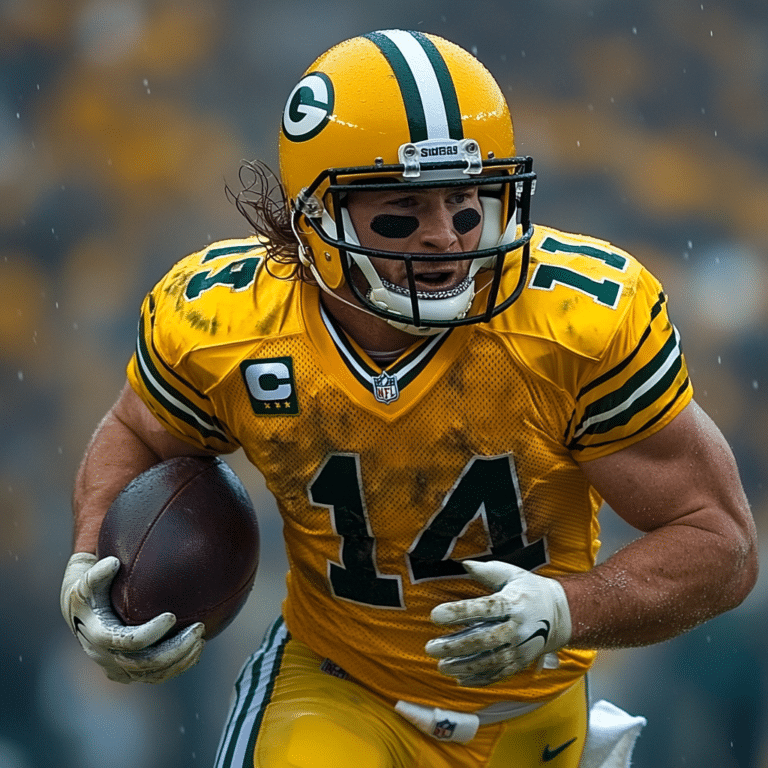Royal titles are more than just fancy names; they reflect a profound sense of history, tradition, and social structure that resonates across cultures. Throughout the ages, titles like king, queen, and prince have filled our stories and dreams, representing authority and leadership. Understanding royal titles not only gives us insight into different societies but also sparks discussions about privilege, responsibility, and modernity. So let’s dive into the seven iconic royal titles that define nobility—titles that embody both power and cultural significance.
7 Iconic Royal Titles That Define Nobility Around the World
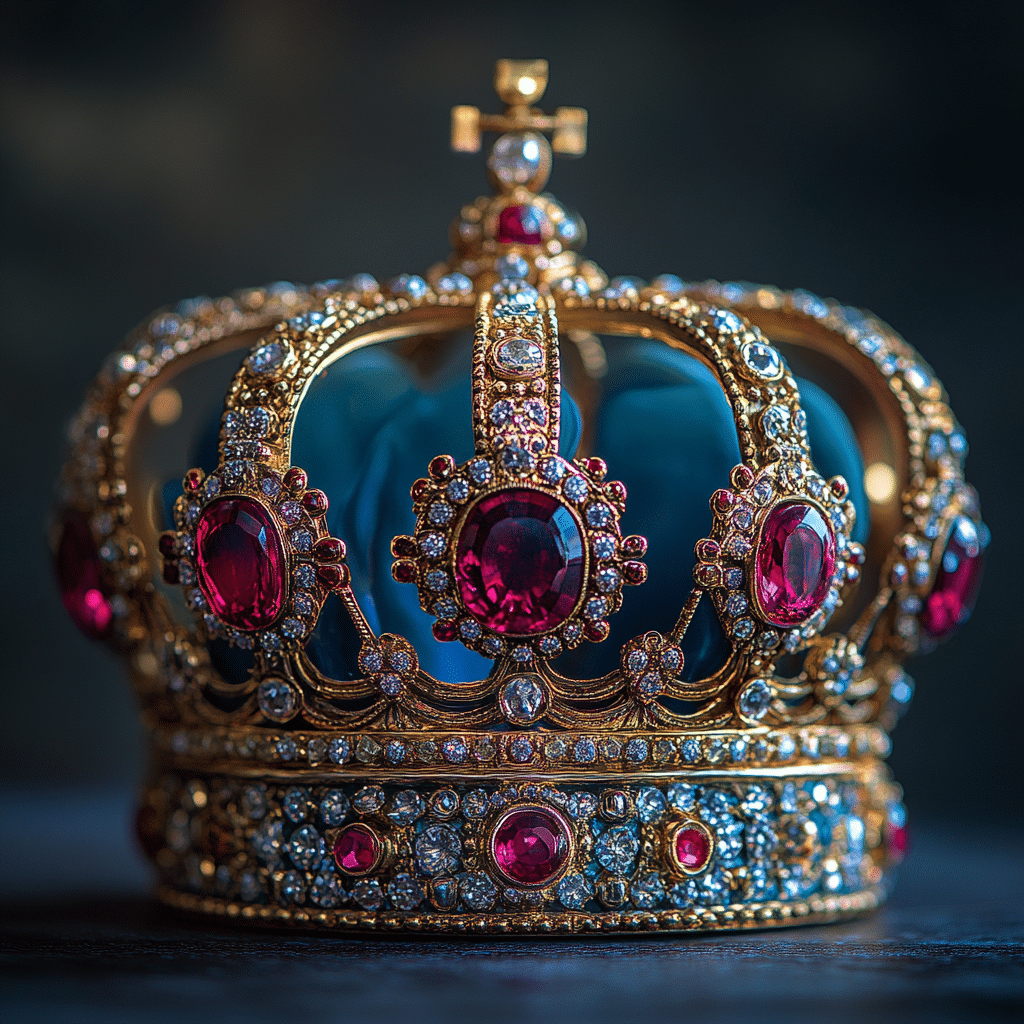
1. King and Queen: The Pinnacle of Royal Titles
When we think of royal titles, “king” and “queen” immediately spring to mind. These two titles stand tall as the highest authority within a monarchy. They don’t just rule; they symbolize continuity and stability within a nation. Take, for instance, Queen Elizabeth II, who was a beacon of resilience for over 70 years, especially during turbulent times.
Being a king or queen is the ultimate responsibility. They preside over national affairs and serve as cultural icons. An example of modern monarchy grappling with tradition and change is the British royal family, as they try to maintain their relevance in the age of social media. There’s no doubt; these titles are larger than life and define the very fabric of many societies.
2. Prince and Princess: The Nobility in Waiting
Now stepping down the royal hierarchy, we find princes and princesses. These titles represent not just lineage but echo with expectations of duty. Prince William and Princess Kate, members of the British royal family, perfectly exemplify this balance. They embody the essence of royal titles while engaging with the public through charitable endeavors.
Traditionally, being a prince or princess meant preparation to ascend the throne. Yet, in today’s rapidly changing environment, these titles have also evolved to include modern sensibilities. Their work in mental health advocacy, environmental conservation, and more shows that the legacy of nobility can adapt to meet contemporary challenges.
3. Duke and Duchess: The Influencers of Local Realms
The title of duke is remarkably rich in history, stemming from the Latin “dux,” meaning leader. A duke holds significant land and responsibility, yet in today’s society, these titles have taken on new meanings. The Duke of Sussex, Prince Harry, stands out in recent times, especially after stepping away from royal duties.
His journey highlights a shift in royal titles, showing personal choice and modern influences at play. While once steeped in tradition, the role of a duke now intertwines with public perception, social media presence, and personal branding. Will he continue to challenge the status quo? Only time will tell.
4. Count and Countess: The Regional Governors
Often overlooked, counts and countesses have historically played pivotal roles in local governance. In Europe, their titles have facilitated cultural tourism and heritage preservation, adding depth to their community roles. The Countess of Wessex, Sophie Rhys-Jones, actively contributes to various charitable organizations, embodying the benevolence often ascribed to these titles.
Their regional influence allows them to engage directly with the public, often making their roles more relevant in today’s sociopolitical landscape. Given the changes we’re seeing across the world, these titles bring both history and modern implications, reminding us how nobility ties to social responsibility.
5. Baron and Baroness: The Gatekeepers of Feudal Lands
Baronial titles may seem quaint today, but they carry historical significance. Barons and baronesses once governed lands and localities, often acting as the ruling voice in their demesnes. Today, their titles hold ceremonial value but remain steeped in tradition. In France, for example, many descendants of nobility keep their titles as a way of preserving family legacies.
The relationship these titles have with local governance draws a fascinating picture of how power has transformed. The past influences the present, and understanding these hierarchies helps us appreciate the social structures still in place today.
6. Empress and Emperor: Sovereigns of Empires
Imagine ruling over vast territories filled with diverse cultures and histories—the essence of being an empress or emperor. Historically, these titles symbolize extraordinary power and influence. Consider Cixi, the last Empress of China, who faced modernization’s challenges while maintaining authority in a changing world.
Her reign illustrates how these roles encapsulate not just traditional authority but also the struggle against outside pressures. In global conversations today, the titles of empress and emperor still evoke admiration and respect.
7. Maharaja and Maharani: The Royal Heritage of India
In India, the legacy of royalty remains vibrant through the titles of Maharaja for kings and Maharani for queens. Rooted in a rich cultural history, these titles signify leadership over princely states with deep ties to the people. Following India’s independence, many former maharajas transitioned to philanthropic roles, keeping their heritage alive while addressing contemporary challenges.
These titles remind us that regal identities can evolve. They bridge history with modern societal issues, allowing conversations about governance, charity, and community to flourish in today’s India.
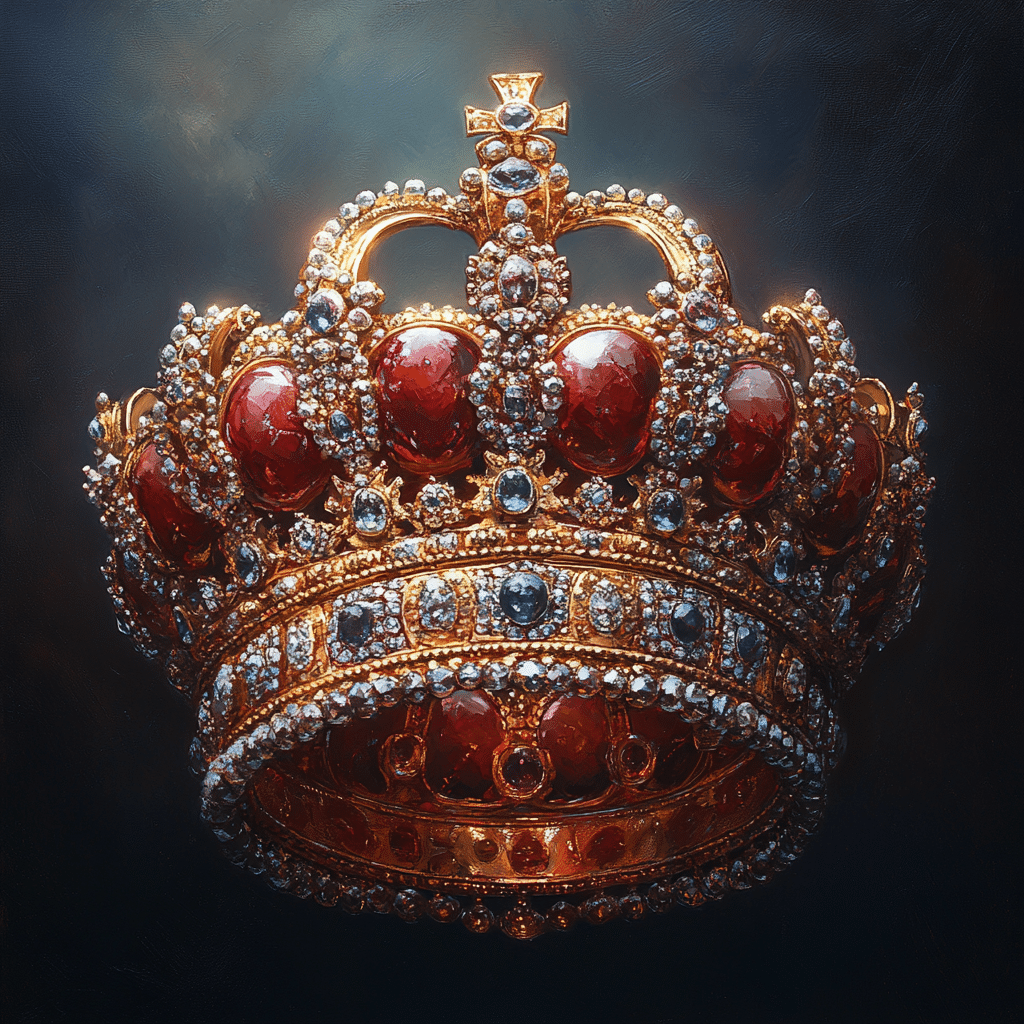
The Modern Relevance of Royal Titles
Royal titles are more than just glamorous names from the past; they serve as lighthouses guiding our understanding of culture, responsibility, and progress. Figures like Prince Harry, Duke of Sussex, are redefining what it means to hold a title in today’s world. His choices challenge conventional expectations, emphasizing that nobility isn’t just about lineage but also about one’s engagement with the contemporary world.
As we scrutinize these titles, it becomes clear they remain vital indicators of privilege, accountability, and cultural identity. Whether it’s the debates surrounding National beer Day or interest in entertainment figures like the It’s Always Sunny cast, the relevance of these titles contributes to how we perceive authority and tradition in a dynamic society.
So let’s echo the core values that drive our discourse—tradition matters, but adapting to change is crucial. Royalty can inform our discussions about leadership, responsibility, and societal values, keeping us anchored as we navigate the winds of change. Understanding royal titles is not merely an exercise in history; it’s a call to examine how our own titles in life reflect broader themes of responsibility and heritage.
In summary, royal titles offer a compelling lens through which we can analyze history and culture, as well as our evolving understanding of authority and influence. So, let’s keep the conversation going about these fascinating dynamics! And who knows? They just might provide insights relevant to the challenges we face today, inviting us to look beyond the surface and explore the intricate tapestry of modern society.
Royal Titles That Define Nobility Around the World
What’s in a Name? The Significance of Royal Titles
Royal titles carry a lot of weight—they’re not just fancy labels but symbols of authority and heritage. For instance, did you know that the title “Duke” dates back to the 14th century in England? It comes from the Latin word “dux,” meaning leader. Over in France, a similar title is “Duc,” which reflects the historical rankings of nobility during feudal times. It’s fascinating how shows like It’s Always Sunny in Philadelphia sometimes play around with these titles in a comedic light, yet in real life, they can dictate one’s role in society!
Digging deeper, in Japan, the title “Shogun” has roots steeped in military leadership, while in Scotland, “Marquess” is one of the highest ranks of peerage. Speaking of peerage and rankings, if you happen to be in Pittsburgh, check out the Monroeville Mall, where the architecture pays homage to the city’s rich history. Just like royal titles reflect deep-seated traditions, the structures we pass daily often tell stories of their own.
Trivia You Didn’t See Coming!
Here’s a fun nugget: the title of King was historically reserved for those who had significant territories under their dominion. Today, it might feel a bit less significant given the many ceremonial kings or monarchies with limited power. For the football fans out there, you might notice that the Cleveland Browns logo is a team emblem, yet for royal titles, the visual representation of a crest can define a family’s legacy with just a glance.
And here’s one for the trivia buffs: in the United States, while we often focus on historical greats and cultural icons, royal titles can pop up in unexpected contexts. Ever heard of Will Ferrell in Elf? That movie brings a playful take on Christmas cheer which can be likened to the light-hearted aspects of nobility—the pageantry, the festivals, and ever-thrilling royal weddings! Just as with humor in shows like Woody Harrelson on SNL, royal titles often offer a chance for society to engage with its own grandeur and, believe it or not, a touch of absurdity.
Beyond Borders: Titles Across Cultures
Royal titles differ across countries, and each culture has its own fascinating spin. In India, for example, “Maharaja” denotes a great king, whereas in Thailand, the word “Phra” acts as an honorific for royals. These differences show just how global the admiration for nobility really is! Curious about light-hearted games? Check out Jumble Today for some fun puzzles that can give you a break from all this royal talk!
And let’s not forget about the fun quirks: did you know that some royal families have titles so long they need a cheat sheet? It’s a bit like trying to remember the cast of It’s Always Sunny! The titles often trace back generations, so every name carries a piece of history—the stories, the victories, and sometimes the scandals that all contribute to their ongoing legacies. Whether you’re looking to learn about royal lineages or just enjoy a good laugh, titles offer a plethora of fun. They remind us that nobility isn’t just about crowns and castles; it’s also about stories we share and the moments we celebrate.
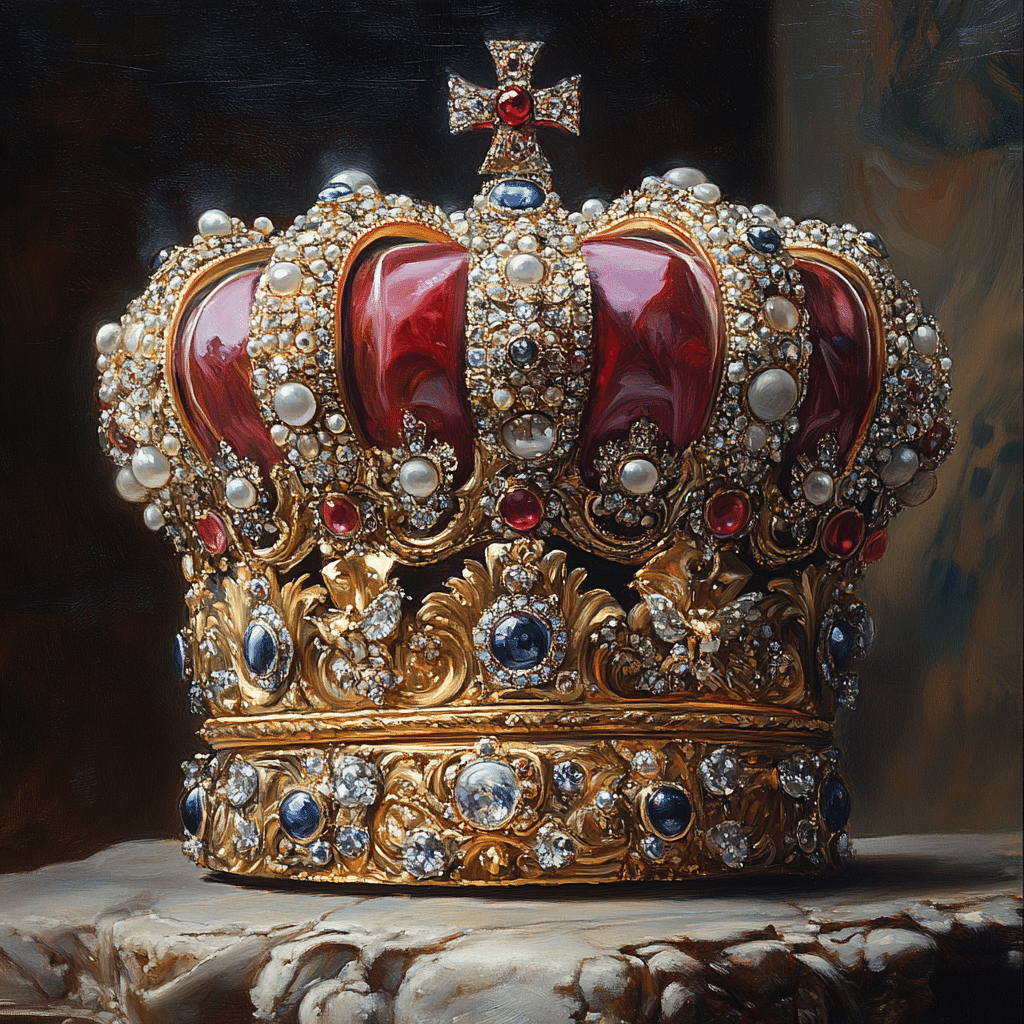
What are the royalty titles in order?
The royalty titles, in descending order, include Emperor/Empress, King/Queen, Grand Duke/Grand Duchess, Prince/Princess, Duke/Duchess, Marquess/Marchioness, Earl/Countess, Viscount/Viscountess, and Baron/Baroness.
What are the ranks of the royal titles?
The ranks of royal titles vary around the world, but in many places, they typically follow a similar hierarchy that starts with the highest positions like Emperor or King and goes down to titles like Baron or Baroness.
What is the lowest royal title?
The lowest royal title is Baron, which is granted a small piece of land and comes with less power and prestige compared to higher titles.
What are nobility titles?
Nobility titles refer to ranks of the aristocracy, which historically included various levels of authority, land ownership, and privileges, often passed down through generations.
Is an earl higher than a Lord?
An earl is a higher rank than a Lord, as “Lord” is a general term that can include various noble ranks, while an earl is a specific title in the British nobility hierarchy.
What is the daughter of a duke called?
The daughter of a duke is typically called a Lady, and she may also be referred to by her first name followed by her father’s title, like Lady Alice.
What is a female earl called?
A female earl is called an Countess, which aligns with the title’s equivalence in the nobility rank system.
Is a grand duke higher than a prince?
Yes, a grand duke is higher than a prince, usually holding more prestige and sometimes ruling over a territory within a monarchy.
Is empress higher than queen?
An empress holds a higher rank than a queen, as an empress often rules over multiple kingdoms or a larger empire.
Who has the longest royal title?
The longest royal title can be quite subjective, often depending on the specific traditions and histories of different royal families, but there are definitely some that run on for quite a while!
How did Viscounts make money?
Viscounts traditionally made money through managing the lands and estates they were given, collecting rents, and collecting taxes from tenants.
Can Royals lose their titles?
Yes, royals can lose their titles under certain circumstances, such as abdication or being stripped of privileges by the ruling monarch.
Can a commoner become a noble?
A commoner can become a noble, often through marriage to a member of the nobility or by being granted a title for services to the crown or the nation.
What is the son of a duke called?
The son of a duke is known as a Lord, or he might receive a specific title based on his father’s rank such as Earl or Marquess.
What are the 5 noble titles?
The five noble titles in British nobility, in descending order, are duke, marquess, earl, viscount, and baron.
Is a grand duke higher than a prince?
A grand duke is indeed higher than a prince, typically holding more authority and responsibility within a ruling structure.
Is an empress higher than a queen?
An empress ranks higher than a queen, signifying greater power and often a higher status within a hierarchy.
What is the son of a duke called?
The son of a duke is commonly referred to as Lord, similar to his sister who is called Lady.
What is a female earl called?
A female earl is known as a Countess, maintaining the title while signifying her noble position.

